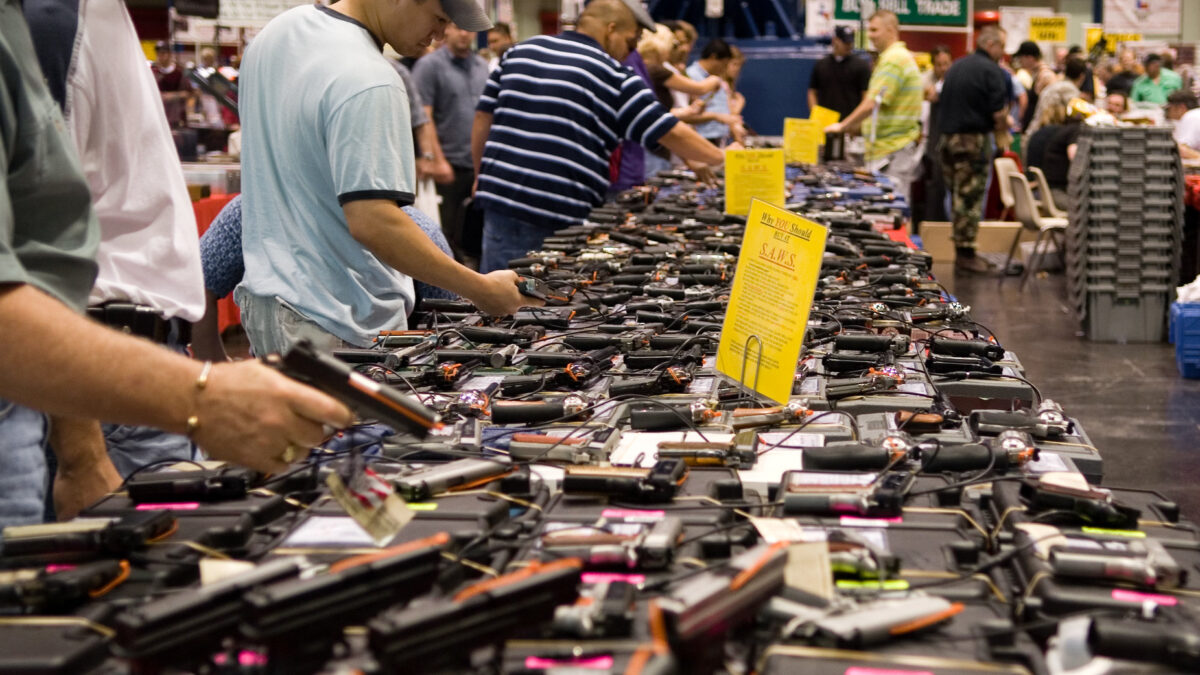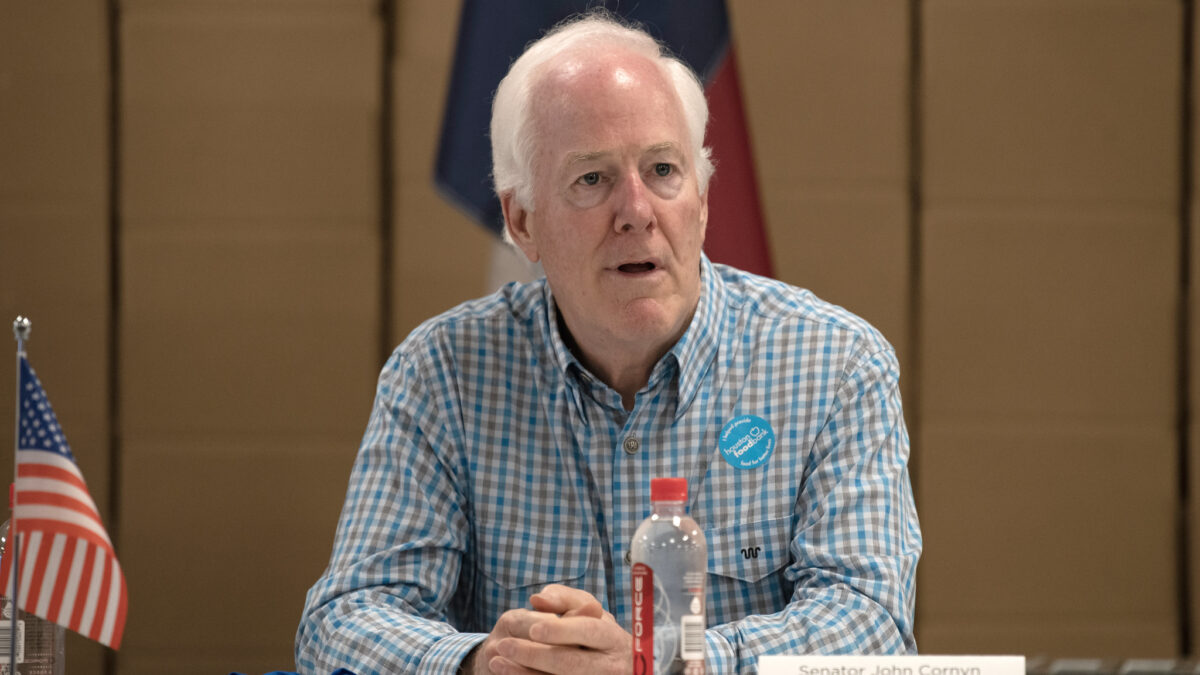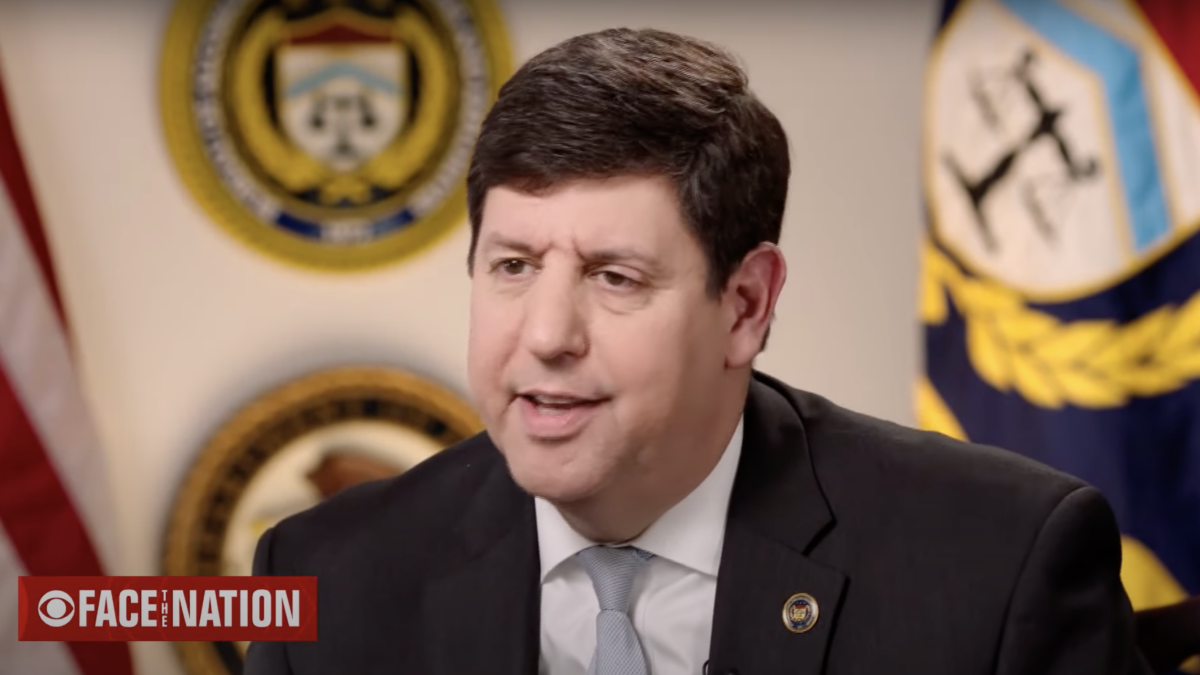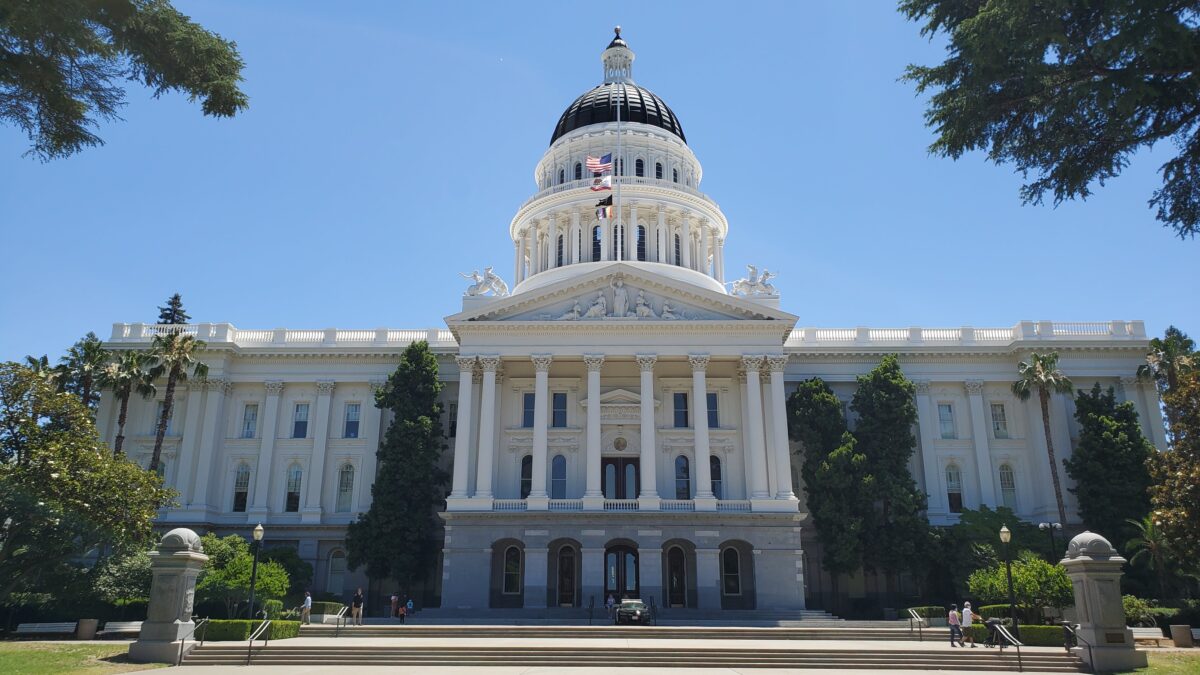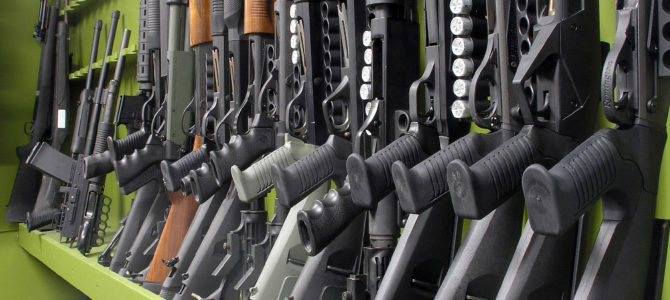
Public safety risk management consultant Gordon Graham explained risk can be divided into four categories: high risk-low frequency, high risk-high frequency, low risk-low frequency, and low risk-high frequency. Without question, the category of risk most difficult to prepare for is the first, as it pertains to events that cause the greatest damage and disruption with such relatively low frequency that diverting resources toward addressing those risks proves difficult when more emergent risks may be present.
The latest mass shootings in El Paso, Texas, and Dayton, Ohio, have America mulling what comes next and whether anything can be done to prevent such incidents from occurring again. If the nation intends to translate its emotions into public policy, it needs to be willing to look at the costs and trade-offs.
Mass shootings certainly fall into the category of high risk-low frequency. Although some have made various attempts of questionable faith to suggest otherwise, mass shootings rank low on the list of public safety concerns. This doesn’t diminish their severity (hence, “high risk”); like terrorism, any threat that can result in many deaths demands serious redress. Suggesting that the relative unlikelihood of a particular event justifies not addressing it borders on irresponsibility.
The El Paso shooting specifically highlighted the problem of white nationalism as a motivation behind the atrocities (the Dayton shooter appears to have had other political persuasions). Just how problematic is it? Experts and law enforcement officers have developed somewhat of a consensus that white nationalism is a growing concern, with data to support it. According to one report, the number of right-wing domestic terror incidents quadrupled between 2016 and 2017.
Based on the data alone, one can safely conclude white nationalism is a problem in the United States and deserves to be addressed as a serious public safety concern. But what exactly does a risk assessment of white nationalism and mass shootings actually reveal?
When White Nationalism Means Ben Shapiro
White nationalism isn’t a legally defined term, not unlike “Islamism” and “jihadism.” In the absence of legal definitions, we rely on academic definitions to identify a term.
A 2016 New York Times article on the matter quoted Eric Kaufmann, a professor of politics at Birkbeck College, University of London, who explained white nationalism as “the belief that national identity should be built around white ethnicity, and that white people should therefore maintain both a demographic majority and dominance of the nation’s culture and public life.” He further explains that “white nationalism is about maintaining political and economic dominance, not just a numerical majority or cultural hegemony.”
We can debate definitions, but in the public realm, the already loaded term has taken on such a broad definition that there’s little consensus on what it actually is. Everyone from self-described white nationalist Richard Spencer to Sam Harris, Debra Soh, and Ben Shapiro has been accused of white nationalism. Any term that casts such a wide net ultimately means nothing. The reality is that white nationalism, like “Nazi” and “fascist,” has become a label for anything other than “progressive” or “woke.” This is hardly the basis for sound public policy.
Specifics aside, if we could directly confront white nationalism in its currently defined state, we’d run the risk of implicating millions of Americans who have committed little else except wrongthink. Even sources within the FBI alluded to as much, citing difficulties in pursuing white nationalists because, well, if everyone who’s a Trump supporter, conservative, or right-wing is an extremist, half the country ought to be pursued.
Following 9/11, much of the public was very sensitive to the fact that innocent Muslims and others of Middle Eastern descent could be unjustly implicated in any attempt to uncover terrorists within America. While the United States has largely avoided blatant and major instances of discriminating against either demographic in its hunt for terrorists, many still view “Islamophobia” as a lingering issue today.
Emotions Getting in the Way of Our Brains
The fact that the topic of white nationalism reemerges so soon after President Donald Trump’s call for four congresswomen to “go back to their country” bolsters the arguments of those who define white nationalism in broad strokes. While we could make the case that the president’s opponents chose to see only what they wanted to see in the tweets, the reality is, there’s a perception problem compounded by the fact people are now dead. The visceral impact of the El Paso shooting has further narrowed the limits of the discussion in the public sphere and, at least in the short term, makes it difficult to define white nationalism as anything other than nonprogressive.
The El Paso shooting also comes soon after a 2018 interview resurfaced in which Democratic Rep. Ilhan Omar of Minnesota condemned Islamophobia by saying the country ought to be “more fearful of white men across our country because they are actually causing most of the deaths within our country.” Ignoring the factual inaccuracy of her comment, the El Paso shooting does breathe unfortunate life into the idea that white males are the greatest threat to public safety, even if, as Omar’s defenders argued, that wasn’t what she was really saying.
The gun issue runs into similar problems. When followed to its logical conclusion, the emphasis on guns as a source of the problem implies that disarming the population would demotivate would-be mass shooters. At least one Democratic presidential candidate has suggested exactly that. The problem, of course, is that the Constitution guarantees the right to bear arms. Aside from Sen. Kamala Harris, D-Calif., who seems intent on presiding via executive order, nobody’s made a serious argument for abolishing the Second Amendment, probably because it’s a losing issue.
Guns Used to Harm Are Usually Already Illegal
Most important, any major gun control legislation will adversely affect the law-abiding public. This is the most underappreciated aspect of any state intervention; restricting the public’s right to carry arms in public didn’t prevent mass shooters from doing so themselves and murdering dozens. Even if it were true that guns are rarely used in self-defense, the fact that so many guns are available and often used in illegal fashion indicates further restricting access will only render the public even more defenseless than they are already and entirely dependent on the state for protection.
Those arguing for gun control on the basis that the use of firearms is largely in the commission of crimes also seem startlingly oblivious to the fact that the lack of defensive use isn’t necessarily cause for alarm. It also suggests there’s indeed deterrent value in gun ownership and the generally responsible nature of gun owners. It may be further related to two factors: Americans who own guns constitute a minority, and gun violence is a geographically defined phenomenon.
A 2012 study revealed gun violence (excluding suicides) to be a largely urban phenomenon and in specific cities, at that. Interestingly, the study also found the fixation on mental illness to be largely unfounded, at least based on the data used. None of this is a justification for doing nothing, but it should reinforce the fact that simply being in America doesn’t place someone at high risk of being victimized with a gun — risk is a relative phenomenon.
Guns used in crime are also, according to available data, usually possessed illegally. Given that nobody who illegally possesses firearms would out themselves in even a confidential survey, let alone participate in one, it’s a safe bet the minority of Americans who own firearms legally don’t pose a public safety threat (with one glaring exception), and neither does gun ownership nor the physical presence of firearms immediately result in widespread death.
Getting Serious About Saving Lives
The key point is this: If the media, politicians, and certain sectors of the public are concerned about gun violence, mass shootings aren’t the hill to die on. The high risk-low frequency nature of mass shootings makes it incredibly difficult to address, but the level of gun violence in the country is such that eliminating mass shootings would have little to no impact overall.
Astrophysicist Neil deGrasse Tyson alluded to this fact in a tweet that was roundly panned. Talking statistics seems callous in the face of jarring tragedy, but Tyson has a point — mass shootings are simply a part of a diverse phenomenon and require an equally diverse array of solutions, which is why the focus on gun violence in places such as Chicago, where seven people were shot over the same weekend as the El Paso and Dayton incidents, isn’t “whataboutism” — instances such as those in Chicago represent the lion’s share of gun violence in America.
Measures to prevent white nationalist violence and mass shootings will involve costs and trade-offs that’ll disrupt the daily lives of innocents in hopes of avoiding that single, horrible instance that costs the lives of many. Such is the nature of public policy. For those serious about saving lives, white nationalism needs to mean something more than just disagreeable or distasteful thoughts and opinions, and mass shootings must remain within the context of the larger problem of gun violence. When it comes to managing risk, being safe must always take precedence over being “right.”


